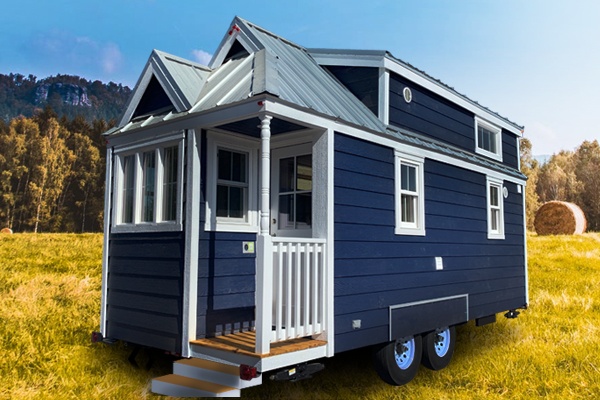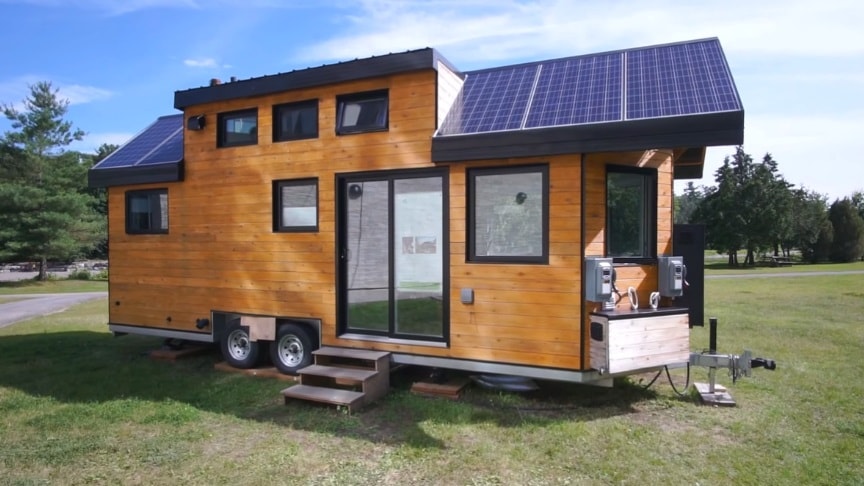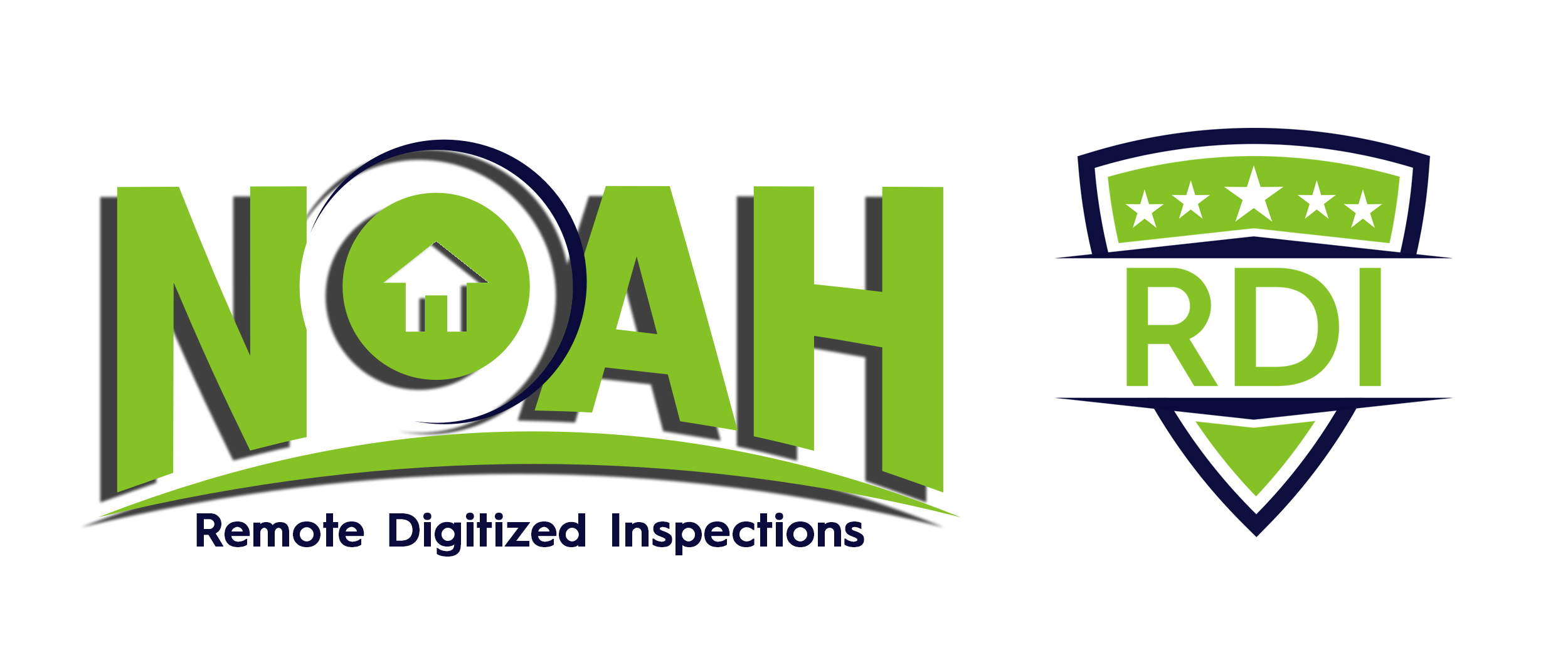28 Aug Tiny Savings Pay Off: 5 Tips to Save Big Money on Your Tiny House Build
The very nature of tiny houses causes you to choose to downsize and live a more minimalist lifestyle. This will eventually save its homeowner money both upfront as well as on monthly maintenance and mortgage costs over time. When you are in the process of design and building or buying, here are some places where it is safe to cut costs and save yourself some big money on your tiny house build.
DIY vs Hiring a Builder

One of the most often-cited arguments in favor of tiny house living is the fact that you might be able to build or buy in cash without the need for financing. You can’t use a conventional mortgage to purchase a tiny home, so your financing options are more limited. But if you can afford to pay for a prefabricated kit and build your own tiny house, you can avoid taking out a personal loan.
Without a mortgage, you could stand to save quite a bit of money. In 2014, the average household spent roughly $1,483 a month on housing costs. Hiring a builder may mean more per square footage, but it generally comes already inspected and certified, whereas a DIY build would mean more steps for you in the long run.
Partial DIY
Borrowing or renting tools is an easy way to save money because you won’t be purchasing all of the tools you may need. Some tools are required for certain projects, but unfortunately, you may only need them once (think plumbing supplies). For that reason, if you’ve got family or friends that may have a few of these tools, it can be extremely helpful to borrow some of these to save some money.
Many tiny home building companies also sell what they call frame kits or even roughed in tinies that are ready to be finished. This saves you on labor and allows you to personalize in places without sacrificing safety.
Go Green with Utilities

If you’re living in a tiny home, you’re probably using less electricity and water than the average homeowner. Plus, some tiny house owners make their homes energy-efficient by installing solar panels or rainwater collection systems. Considering that the average monthly electric bill came to just over $114 in 2014, you can save a decent chunk over the course of a year by living in a tiny house.
Upcycle Materials
Recycled materials are a great place to start when you’re looking for items to build a tiny house with. Though a green lifestyle isn’t always part of the reason people get into tiny houses, minimalism and the idea of cutting down on waste usually are. Using recycled objects, then, makes a lot of sense.
On top of that, by their very nature, they don’t cost a thing. The more recycled materials you use to make your tiny house, then, the better off you’ll be as far as your budget is concerned.The other great benefit that comes with using recycled materials is that there are countless ways to find them. Common places you can find recycled materials for your tiny house include:
• The Habitat ReStore (run by Habitat for Humanity)
• Junkyards
• Rummage Sales
• Flea Markets
• Any Structure Due for Demolition
• People You Know
Don’t discount this last option either. People you know may have all sorts of materials you could recycle by using them on your home. Thanks to social media, it should also be fairly easy to get a hold of friends and family all at once.
Don’t Pay to Park It
It turns out that most people who’ve built and now live in their own tiny house end up working something out with someone who already owns land. In these situations you can either pay a little bit of rent (as little as $100 a month) or exchange a service for your stay. You can provide care for an elderly person or labor for a small farm. Or you can simply park in a friend or family members rural backyard. And when the time comes to move, you don’t have to worry about land ownership.
If you’re lucky enough to already live in a location where you can park a tiny house on a trailer or an RV- or maybe you can build on a foundation as a shed, pool house, cabana, guest house, or accessory structure- you can start your project right away, or look for the right property to buy.
This not only saves you but it also provides an additional income source.

Sorry, the comment form is closed at this time.